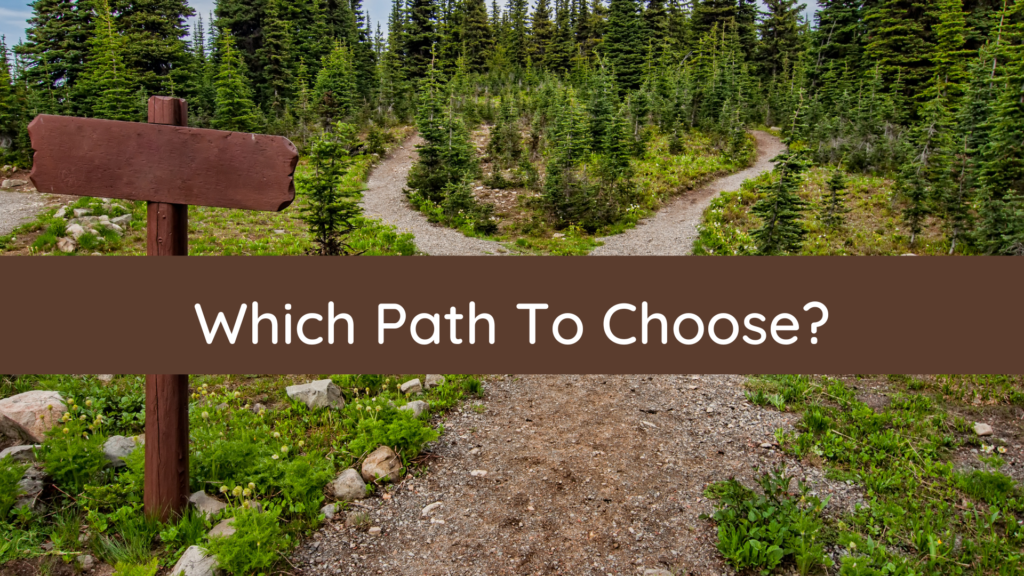
Summary
The speaker reaches a fork in the road while walking through a forest with yellow leaves in autumn. Only able to take both paths as one person, the speaker pauses for a long time to try and see where one path leads. However, the dense forest and winding road obstruct his view. Ultimately, the speaker chooses the other path, deeming it to be just as good if not better than the first as it is grassy and less worn.
After walking on the second road, the speaker believes both roads were equally worn-in. Leaves covered both roads and still needed to be blackened by foot traffic. The speaker plans to save the first road for a later time but acknowledges that one road leads to another in life. Likely, the speaker will never have the opportunity to return to the first road. The speaker imagines telling the story of choosing which road to take in the distant future. The speaker, who appears to be looking back on his or her life from the future, claims that when given the option of choosing between two routes, he or she selected the less-traveled one, and the results of that choice have made all the difference in the speaker’s life.
Summary 2
This poem describes an occasion when the poet strolled down a road with a diversion. He had to decide between the two options. He could only select one of the two options as a lone individual. The yellow wood symbolizes a planet populated by people who have lived there for a long time.
The poet remained at the fork in the road while attentively examining both options. He cast his gaze as far as he could. He wants to know how it was before continuing down one road. Is it safe for him to walk on it? Up until the point when the walkway bent, he could see it. However, it later became hidden because of the plants that covered it. He was interested in learning about the benefits and drawbacks of the various pathways. In life, the same thing takes place. We must consider the positive and negative effects of our actions in the long term. The poet carefully considered one way before deciding if it was suitable for him or not.
Then he chooses the alternate path since he believes both are equally good. He believes that the route he took was the best one for him. The grass covered the route, indicating less traffic and better days.
It showed that the route needed to be utilized. However, after continuing on the trail for a while, he notices that both paths are similarly worn down. Every choice we make in life has both positive and negative effects. We may believe we are in a better situation than others, but this is untrue.
The poet claims that the two pathways appeared identical that morning. They both had leaves covering them. Since no one trod on them, they were green. He chose to take one way forward and leave the other for another day. However, he knew one road would lead to another and could not turn around. This also occurs in real life. We choose a course of action and carry it out. If we fail, we will have another opportunity. Nevertheless, it does not happen.
The poet predicts that at some point in the future, he will take a deep breath and recount a period when he had to make a difficult choice.
He was at the intersection of two roads. Both gave him an excellent impression. He decides to proceed on the less-traveled route as a result. It, therefore, shaped him into the person he is today. That one choice determined his future.
Similarly, we must admit that we made difficult choices when we were young and must do it again as adults. Your decision has shaped who you are now. Thus, the article’s synopsis of the poetry “The Road Not Taken” conveys an important message to readers.
We are advised to use caution when making important life decisions. One should be very savvy and cautious while making decisions since our choices impact our destiny. Additionally, altering our minds and starting over once we have decided is incredibly challenging. We can regret a poor choice for the rest of our lives. Everything relies on the decisions we make right now.